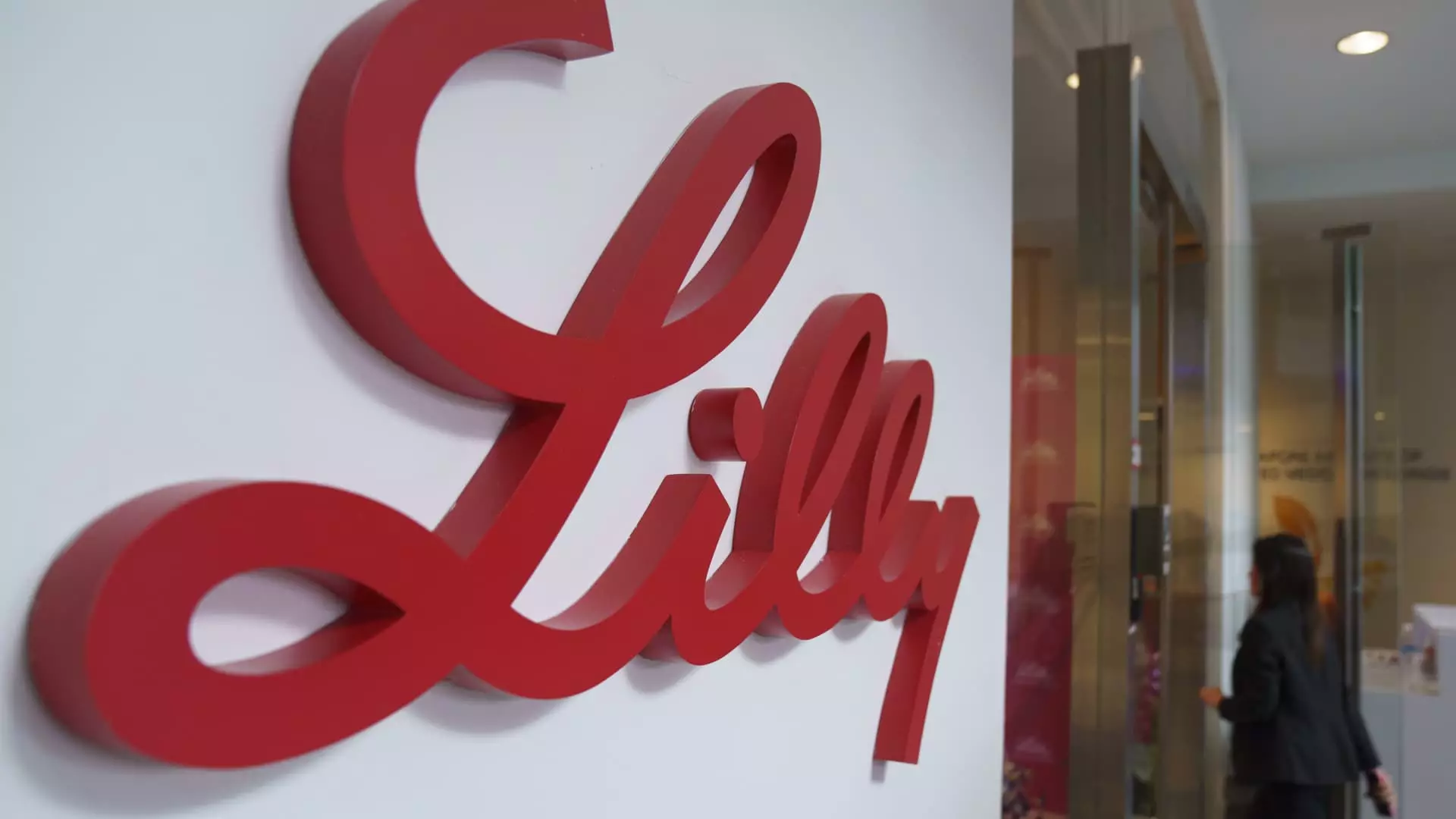Eli Lilly’s recent adjustment in revenue guidance has stirred the pharmaceutical landscape, especially concerning its much-talked-about diabetes and weight loss treatments, Mounjaro and Zepbound. On Tuesday, the company revealed a downward revision of its revenue expectations for 2024, projecting approximately $45 billion instead of the previously anticipated figures of $45.4 billion to $46 billion. This has led to a noticeable decline of over 7% in Eli Lilly’s stock price during midday trading. Although this new projection still represents a remarkable 32% increase in revenue compared to the prior year, the alteration raises concerns about the company’s capacity to meet market demands.
The pharmaceutical industry, particularly in the realm of obesity and diabetes medications, is rapidly evolving. Eli Lilly is not navigating this competitive landscape alone; it is up against formidable rivals, including Novo Nordisk, which recently expanded its market presence significantly. This heightened competition has intensified the pressure on Eli Lilly to not only meet current demand but also innovate. Despite investments amounting to billions aimed at enhancing manufacturing capabilities for its incretin drugs, the company’s latest guidance reflects the complexities of managing production rates amidst rising consumer needs.
CEO Dave Ricks voiced optimism during a CNBC interview, citing “tons of supply coming online” and predicting continued growth. However, the reality on the ground suggests a mismatch between production capabilities and market demand. The Food and Drug Administration’s recent declaration of the U.S. shortage of tirzepatide as resolved adds a glimmer of hope, though the broader market dynamics remain challenging.
Eli Lilly’s ambitious forecast does not end in 2024. The company anticipates revenues between $58 billion and $61 billion for the fiscal year 2025, reflecting a strategic long-term focus. However, the successful realization of this potential depends on the efficacy of their new product developments, particularly the upcoming obesity pill, which promises easier administration and manufacturing. Ricks projections for early approval raise the stakes for the company and illustrate the importance of maintaining innovation in the pipeline.
For the fourth quarter, Eli Lilly expects approximately $13.5 billion in revenue with significant contributions from its obesity and diabetes drugs. However, Wall Street had projected higher expectations of $13.94 billion, casting a shadow over the company’s performance. The discrepancy between anticipated and actual results may lead to a more substantial reassessment of investor confidence.
Eli Lilly’s revised revenue forecast comes as a reminder of the volatility inherent in the pharmaceutical sector. While the company enjoys a period of revenue growth, it must remain vigilant and responsive to the rapid changes in market dynamics and competition. As Eli Lilly aims to bolster its manufacturing capacities and introduce innovative solutions, the path ahead demands adaptability and resilience. Stakeholders will be watching closely, as the company grapples with an ever-evolving landscape shaped by both challenges and opportunities. It is a critical juncture that will ultimately define Eli Lilly’s strategic direction and financial health in the coming years.

